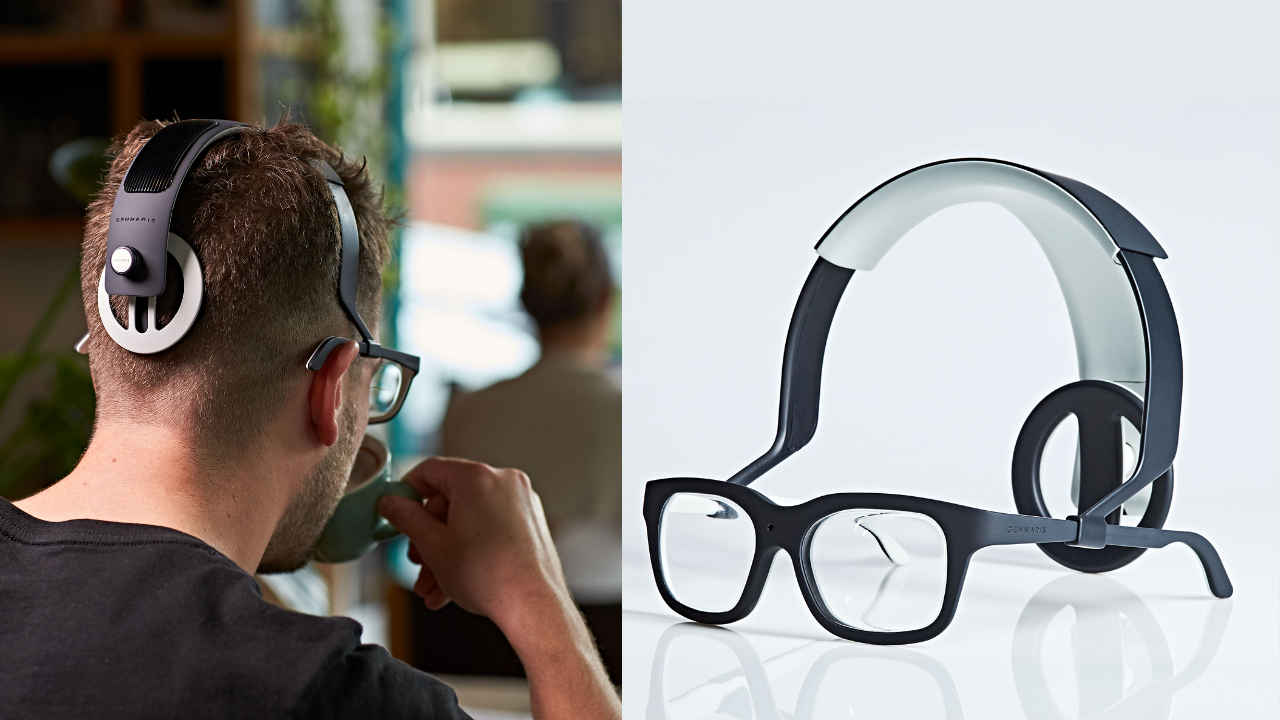Gennaris bionic eye can help blind people see: Here’s how it works
Gennaris bionic eye can help blind people see.
Gennaris bionic vision system is created by the Monash Vision Group (MVG).
Since 2010, MVG—a partnership between Monash University and Alfred Health—has been dedicated to creating a clinically viable bionic vision system.

Technology is constantly advancing, and it’s exciting to see innovations that have the potential to change lives. One remarkable development is the Gennaris bionic vision system created by the Monash Vision Group (MVG). This groundbreaking device aims to provide artificial vision for individuals who are blind, offering them a chance to experience the world in a new way.
 Survey
SurveySince 2010, MVG—a partnership between Monash University and Alfred Health—has been dedicated to creating a clinically viable bionic vision system. Their focus is on demonstrating the safety and effectiveness of this system in a select group of people who have complete bilateral blindness.
How Gennaris bionic eye works
The core of the Gennaris system involves a wireless implant that stimulates the brain with electrical signals. Up to 11 implants, each about the size of a thumbnail, may be placed on the surface of the brain. These implants are programmed to send tiny electrical pulses to brain cells, which can then interpret these signals as visual information. When implanted in the visual cortex, these pulses help recipients perceive basic shapes and outlines, aiding in navigation and object recognition.
Also read: Using Meta’s Ray-Ban glasses? Here’s why you should worry about your privacy
Gennaris bionic eye design
Design Health Collab played a crucial role in creating the external headgear for the Gennaris device. The system includes a miniature camera that users wear on custom-designed headgear. This camera captures high-resolution images, which are then processed by a vision processor unit. The processor extracts key features from the images and sends the modified signals wirelessly to the brain implants. The aim was to humanise this complex technology with an aesthetic that helps recipients feel confident and proud to wear the device in their daily lives.
The team behind Gennaris bionic eye
MVG is led by Professor Arthur Lowery and includes a group of academics, such as Professor Jeffrey Rosenfeld, Associate Professor Yan Wong, and Professor Marcello Rosa.
With innovations like the Gennaris bionic vision system, we are witnessing technology that not only advances science but also empowers individuals to live more fulfilling lives.
Ayushi Jain
Tech news writer by day, BGMI player by night. Combining my passion for tech and gaming to bring you the latest in both worlds. View Full Profile